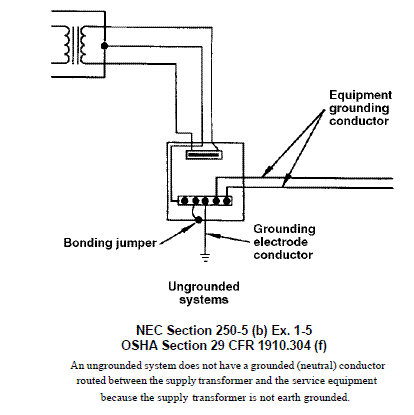- This topic has 1 reply, 1 voice, and was last updated 2 years, 11 months ago by .
-
Topic
-
ترانس ایزوله چگونه باعث حفاظت اشخاص در برابر برق گرفتگی می شود؟
ترانس ایزوله چگونه باعث حفاظت اشخاص در برابر برق گرفتگی می شود؟
Viewing 1 replies (of 1 total)
Viewing 1 replies (of 1 total)
- You must be logged in to reply to this topic.

